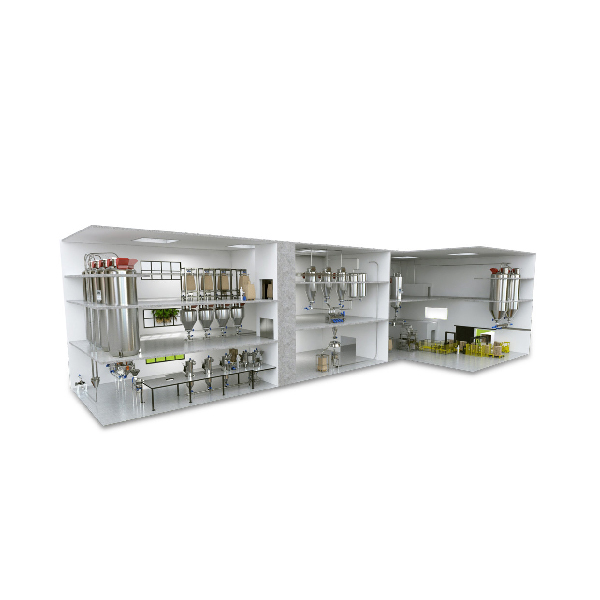Description
Transporting or dosing granular materials with the help of compressed air or different propellants is called pneumatic transport or pneumatic transport. The working principle of the pneumatic conveying system is based on the logic of transmitting the kinetic energy of the compressed air flow to the granular product to be transferred. In pneumatic transfer processes, each product transported with the help of compressed air is first mixed with air and then separated from the air. While the mixing process is done with the help of rotary valves (air lock), loading stations and venturi, the separation process is done with the help of filters. Unlike the transport method of pneumatic transfer systems with the help of compressed air, the transport systems that are realized by using the power of the vacuum produced by the vacuum pump are also called vacuum pneumatic conveying systems.
Compressed air, which is the basic need of pneumatic conveying systems, is provided by side channel blowers, roots blowers or high flow fans depending on the capacity and flow rate of the air required by the system. Although pneumatic conveying systems seem to be mixing the product transferred with compressed air and then separating the product with the help of a filter, it is a job that requires serious engineering work and experience. The dusts to be transported can gain high explosive properties under a certain pressure and temperature. Products such as sugar, flour and starch that look extremely innocent can become extremely dangerous products with faulty design and selection.
BENEFITS
Delivery of the material in a homogeneous state,
No loss of the transferred product,
The system does not take up much space,
Being hygienic because it is closed to the outside environment,
Low maintenance costs due to few moving parts,
Together with automation, it provides a serious labor saving.



